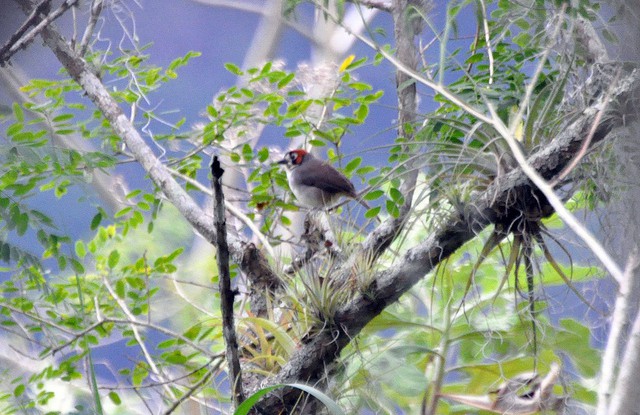
SAN JOSE, Costa Rica (8 July 2013) – Identifying organizations that can bridge gaps in knowledge is an important step when seeking effective ways to design strategies for local adaptation to climate change, an expert in ecosystem-based adaptation has said.
Such organizations can help create collaborative partnerships between farmers, scientists and policy makers, according to Raffaele Vignola, director of the Latin American Chair of Environmental Decisions for Global Change at Centro Agronómico Tropical de Investigación y Enseñanza (CATIE) in Costa Rica.
“We have to acknowledge that adaptation takes place within complex and institutional governance contexts”, said Vignola, who conducted research into the Birris sub-watershed in central Costa Rica, where a combination of extreme rainfall, intensive horticulture and grazing dairy cattle on steep slopes has caused severe erosion, a problem for farmers and the hydropower sector.
The region upstream of the watershed is subject to intensive agricultural production. Over the past 40 years, the observed and projected increase in extreme precipitation events related to climate change promise to augment the vulnerability of these areas to soil erosion. At the same time, hydropower dams downstream are being affected by erosion upstream — leading to annual costs of more than $2 million to flush out sediment and dredge the dams.
Birris is part of the Reventazón watershed, Costa Rica’s main area for hydropower production where dams provide more than 37 percent of the country’s electricity supply.
Interactions among actors with different interests, mandates, languages and comprehension of problems and solutions influence the way collective action can promote conservation in such vulnerable watersheds as Birris, Vignola said.
Thus, organizations that function to synthesize information for these actors can play an important role by translating messages from one arena to the other — for example from scientists to farmers and vice versa — and potentially enhance the information base guiding decisionmaking. They can also promote shared views, while generating collaborative efforts and understangin among multiple actors, Vignola said at the Third IUFRO Latin American Congress in San José in June.
Such information flows can support ecosystem-based adaptation (EBA), which Vignola described as “a versatile approach that has multiple benefits” to build the resilience of local communities and ecosystems and to reduce risks associated with climate change.
EBA is based on the recognition that such ecosystem services as the provision of food and the reduction of floods or landslides protect people from climate threats. It also acknowledges that people who depend directly on these services will be the most severely affected.
“To get the most out of EBA, we need to integrate information from multiple disciplines into local strategies,” Vignola said.
Vignola’s research confirms earlier findings (see for example here, here, here and here) on how bridging organizations can help local communities adapt to changes in their environment.
“Some of the ways that bridging organizations can help are by communicating relevant research findings, translating messages into the appropriate language for each policy community and mediating between interests,” he said.
For more information on the issues discussed in this article, please contact Bruno Locatelli at b.locatelli@cgiar.org or Raffaele Vignola at rvignola@catie.ac.cr
This research was carried out as part of the CGIAR Research Program on Forests, Trees and Agroforestry and the Tropical Forests and Climate Change Adaptation (TroFCCA) research program, conducted by CATIE and CIFOR and funded by the European Commission.
We want you to share Forests News content, which is licensed under Creative Commons Attribution-NonCommercial-ShareAlike 4.0 International (CC BY-NC-SA 4.0). This means you are free to redistribute our material for non-commercial purposes. All we ask is that you give Forests News appropriate credit and link to the original Forests News content, indicate if changes were made, and distribute your contributions under the same Creative Commons license. You must notify Forests News if you repost, reprint or reuse our materials by contacting forestsnews@cifor-icraf.org.